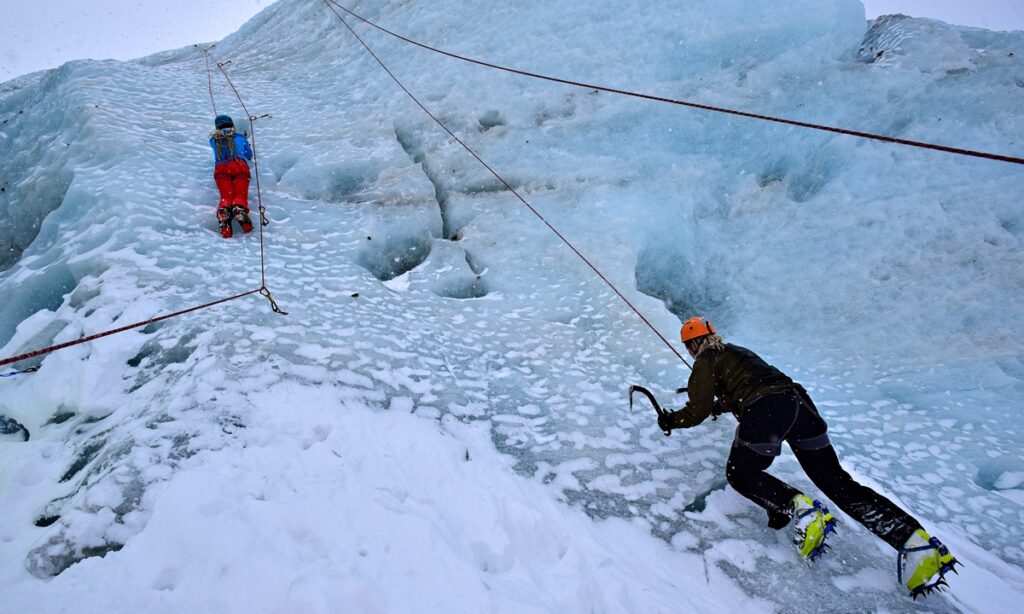The mysterious deaths of nine young hikers in the winter of 1959 at a remote pass in the Ural mountains has fascinated Russia for decades and spawned countless theories from aliens to a botched nuclear test.
Now research published Thursday in the journal Communications Earth and Environment has added weight to a natural explanation for the deaths of the experienced mountaineers, whose frozen bodies were found scattered across the snowy landscape, some with terrible injuries. With no survivors and several questions left unanswered, doubts over the “Dyatlov Pass Mystery” have lingered despite an official inquiry that in 2020 ruled the students had died in an avalanche.
The new research suggests that a combination of factors – including a cut made into the snow when the trekkers pitched their tent and a build-up of snow by strong, icy winds – triggered a delayed avalanche that drove the students outside into temperatures of -25 C.
“Several parts of the Dyatlov Pass Mystery will never be explained, because no one survived to tell the story,” said coauthor Johan Gaume, who heads the Snow Avalanche Simulation Laboratory at EPFL in Switzerland.
On the night of February 1, 1959, hikers led by Igor Dyatlov set up camp on the slope of the Kholat Saykhl, “Dead Mountain.”
At some point after midnight something unexpected caused expedition members to cut their way out of the tent and escape toward a forest, more than a kilometer downslope, without appropriate clothes.
Some of the bodies were found strangely discolored or had missing eyeballs. Others had internal injuries but no outer signs of trauma. One man’s body registered a high level of radiation, while one woman’s tongue was missing.
The researchers created an analytical model to look at slab avalanche release under the environmental conditions in which the mountaineers set up their tent.
Their analysis suggests the hikers could have unknowingly set up camp – hacking a ledge into the frozen ground for shelter – on a weak layer of snow.
Mountaineers ascend the Dzhankuat Glacier near the Dzhan-Tugan camp, in the Caucasus Mountains on January 28, 2021. The Dzhankuat Glacier serves as a reference site for the study of glacier dynamics in the Central Caucasus. Photo: VCG




